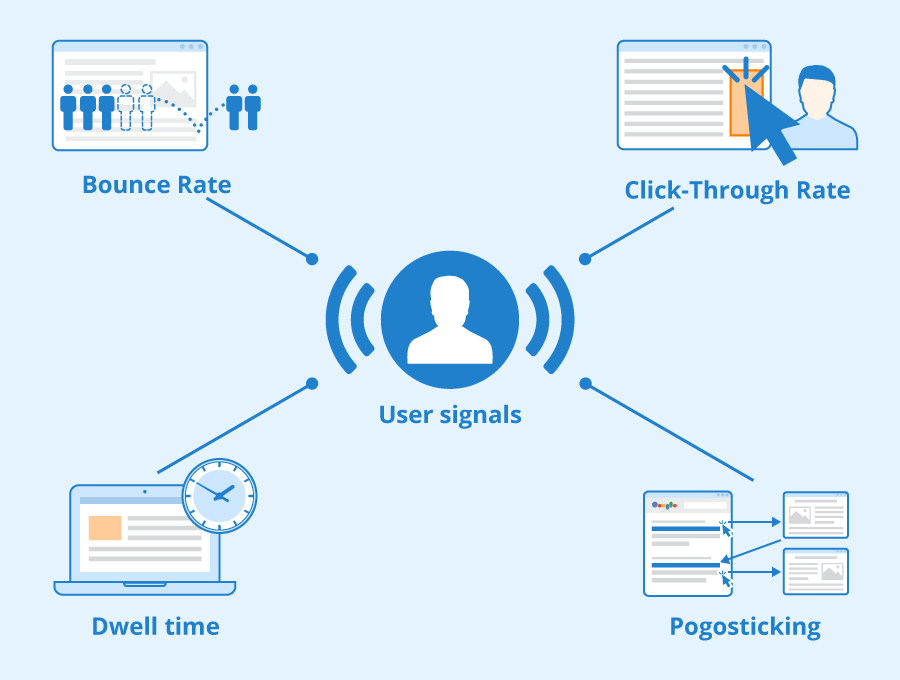Why Monitoring You Application Is Important

Why Monitoring You Application Is Important :- Absolutely, ensuring the optimal performance of applications is crucial for businesses in today’s competitive landscape. The consequences of application downtime or poor performance can be significant, ranging from financial losses to damage to brand reputation. That’s why businesses are increasingly turning to Application Performance Monitoring (APM) solutions to proactively monitor and manage the performance of their applications.
APM solutions provide real-time insights into application behavior and performance, allowing IT operations teams, DevOps engineers, and other stakeholders to quickly identify and resolve issues before they impact end users. By monitoring key metrics such as response time, error rates, and resource utilization, APM tools enable organizations to optimize application performance, enhance user experience, and minimize downtime.
In addition to monitoring performance, APM solutions also facilitate collaboration across teams by providing a centralized platform for monitoring and troubleshooting. This enables IT and development teams to work together more effectively to address issues and implement preventive measures.
Overall, investing in APM is essential for businesses looking to ensure the reliability, availability, and performance of their applications in today’s digital environment. With the right APM solution in place, organizations can proactively manage their application infrastructure, minimize downtime, and deliver a seamless user experience.
What is application performance monitoring?
Application performance monitoring (APM) is a critical practice in ensuring the smooth operation of software applications. By identifying, measuring, and evaluating an application’s performance, APM aims to detect and resolve any issues that may arise, ultimately ensuring optimal performance and user experience.

To effectively monitor and manage application performance, it’s essential to focus on the four key aspects: what, when, where, and why. This involves tracking various metrics to understand the application’s behavior and performance at different stages of its lifecycle. Additionally, it’s crucial to identify when and where abnormalities occur and understand the underlying reasons behind them.
Robust reporting plays a vital role in APM, providing insights into an application’s performance and overall backend health. By analyzing metrics such as transaction time, system response, transaction volume, and error rate, organizations can gain valuable insights into their application’s performance and take proactive measures to address any issues that may arise.
Why Monitoring Your Applications is Important
Monitoring your applications is crucial for maintaining business productivity and preventing various issues that could impact operations. Here are four key reasons why application management and performance monitoring are essential:
- Issue Detection and Resolution: Application monitoring tools allow businesses to promptly detect and resolve issues such as errors, slow response times, and downtime. By addressing these issues swiftly, you can minimize business disruption and avoid revenue loss.
- Improved Performance: Monitoring application performance helps identify areas where software may be underperforming. Analyzing metrics like response time and throughput enables data-driven decisions on optimizing, upgrading, or transitioning to other software solutions.
- Enhanced User Experience: By monitoring user behavior, businesses can gain insights into how employees interact with applications. This information helps identify common pain points, provide targeted training, improve user experience, and eliminate underperforming software.
- Robust Security: Application performance monitoring plays a critical role in identifying security vulnerabilities and addressing threats. By monitoring for unusual activity and unauthorized access attempts, businesses can detect and respond to potential breaches, ensuring the security of SaaS applications.
How Application Performance Monitoring Works
APM harnesses the latest advancements in web server hardware, “big data” architecture, and cloud network load balancing to offer detailed analytics of software code in production. With numerous APM tools available, selecting the right one hinges on your organization’s specific requirements. Key features to consider may encompass robust monitoring tools, customizable and intuitive dashboards, alerting mechanisms, and accessible visualization tools for critical metrics.
Application performance monitoring relies on real-time I/O packet scanning of data transmissions across a network. Through analyzing and correlating this data, performance issues can be detected and problems diagnosed effectively. APM solutions typically furnish a dashboard providing visibility into application performance, showcasing data such as response time, error rate, and throughput. Event logs play a role in debugging problematic software code or database queries, while network diagnostics aid in resource planning, hardware allocation, and the automation of elastic web servers to achieve enhanced cost efficiency.

Types of application monitoring
You can utilize the following application monitoring strategies to gain comprehensive insights for proactive application management and continuous improvement:
Performance Monitoring
- Objective: Measure and analyze the application’s performance to pinpoint bottlenecks, optimize code, and ensure efficient resource utilization.
- Metrics to consider: Response time, throughput, latency, and resource utilization (CPU, memory, disk, network).
User Experience (UX) Monitoring
- Objective: Evaluate the application’s usability to guarantee a positive and seamless experience for end-users.
- Metrics to consider: Application Performance Index (Apdex), page load times, transaction success rates, user interactions, and error rates.
Error Monitoring
- Objective: Detect and analyze errors and exceptions in the application, identifying and resolving issues to enhance application reliability and stability.
- Metrics to consider: Error rates, types of errors, stack traces, and error context.
Availability Monitoring
- Objective: Ensure the application is available and accessible to users, detecting and addressing issues that may impact its availability and minimizing downtime.
- Metrics to consider: Uptime, downtime, and response status codes.
Infrastructure Monitoring
- Objective: Monitor the underlying infrastructure supporting the application to identify and resolve issues affecting application performance.
- Metrics to consider: Server health, network performance, and database performance.
Log Monitoring
- Objective: Analyze logs generated by the application and infrastructure components to diagnose and troubleshoot issues, as well as track application events and behaviors.
- Metrics to consider: Log entries, error messages, and warnings.
Security Monitoring
- Objective: Monitor applications for security-related events and vulnerabilities, detecting and responding to security threats to ensure data integrity and confidentiality.
- Metrics to consider: Anomalies, intrusion attempts, and security incidents.

Visit Our Other Website:-




